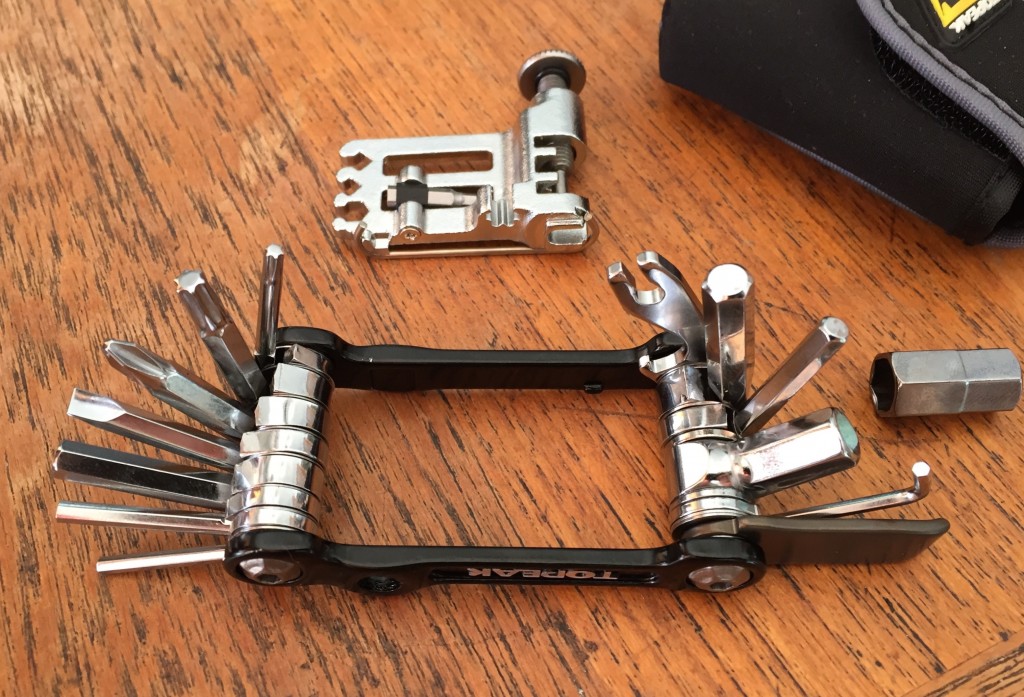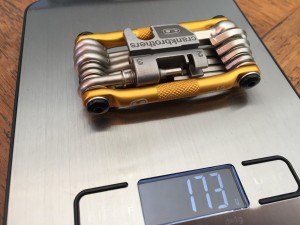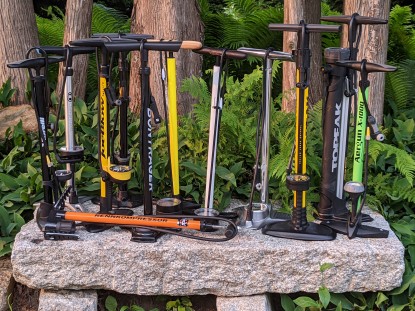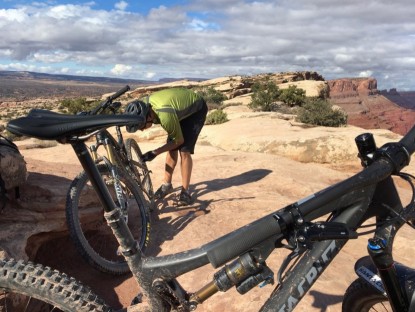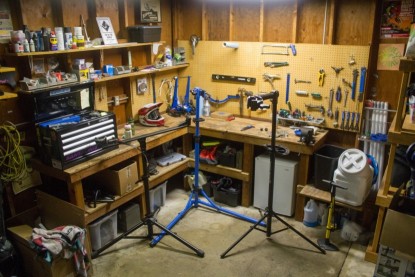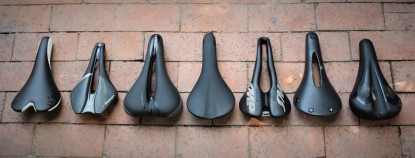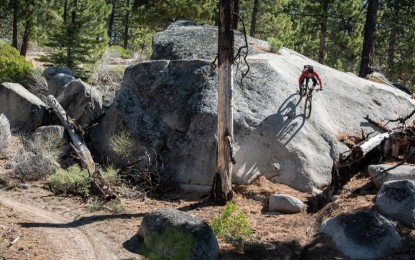A dependable, well-rounded multi-tool is essential for any self-sufficient cyclist. The ability to make small adjustments and repair unexpected mechanicals out in the field can make the difference between a quality ride and a long walk home. Even the trustiest bolts on your bike may work themselves loose over time. If you notice a rattling component while carrying a quality multi-tool, all it takes is a quick crank of the necessary wrench, and you're back on your way rather than calling up a friend for a ride home. What makes a good multi-tool, though? The answer may change from rider to rider. You have a few key variables to consider to find the best model for you. We hope that this buyer's guide will point you in the right direction.
Know Your Bike
A multi-tool is only useful as long as you have at least some basic knowledge as to how to use it. You can have all the tools in the world, but they won't do you much good if you don't know what to do with them. Some operations—like tightening loose bolts—are pretty self-explanatory, but it helps to get a good feel of the various parts of your bike and how they work. If you're unfamiliar with bike repair, we suggest attending a bike repair or maintenance clinic. If you're already familiar with your bike and trailside repairs, then you probably already know what you're looking for in a multi-tool.
What Features Do You Need?
Bike multi-tools come in all shapes and sizes and with a dizzying variety of tools and functions. What tools you need is ultimately up to you, but we feel that there is a minimum suite of tools that everyone should carry with them at all times. Every model in our review has at least these essential functions, hex keys in sizes 2-8mm and a Torx 25. The reason we feel these tools are essential is that on most modern bikes, the most common bolt head sizes have hex heads in 3, 4, 5, and 6mm, with some also using 2mm and 8mm. Torx 25 is becoming increasingly common and found on everything from brakes, brake rotors, derailleurs, and even seat clamps. While not every tool we tested includes one, we think a chain tool is essential as well. There's no easy way to fix a broken chain without a chain tool. If you carry a quick link, you still need a tool to remove the broken part of the chain to install it. If your chain breaks and you don't have a chain tool, your bike becomes an expensive scooter, and your trip home becomes a lot longer.
A quick bolt check of your bike will show what functions you need to perform adjustments or repairs in the field. Does your bike need a flathead or a Phillips' head? How about those Torx bolts? Will you need a T10, T15, and T25, or will just one of them get you by? When you know your bike and all of its parts, you can more effectively select a multi-tool that has all of your needs covered. Likewise, tools are only worthwhile if you know how to use them. Sure, your multi-tool may have four sizes of spoke wrenches, but are you willing or able to try and true your wheel in the field or at home? It may provide peace of mind to lug around a feature-packed tool, but you need to decide where to draw the line between copious unnecessary gadgets and lightweight portability.
How Will You Carry It?
All of the multi-tools in our test are designed to be compact, portable, and taken along with you on a ride. The size, shape, and weight are all considerations for each model's portability, as is the way you intend to carry the tool. Will you be stashing it in a backpack or your favorite sling bag where you have room to spare? Perhaps you'll be storing it in your bike's saddlebag where space is limited? Or maybe you're the type who carries it in a jersey pocket or storage bibs? In general, most multi-tools are slim and rectangular, with tools that fold out from the middle. This shape takes up little space no matter where you carry it, but be wary of tools that have bulges and bumps that may cause discomfort if you want to stash them in a tight pocket.
If carrying the tool in a pocket, be it on your jersey, your shorts, or a pair of storage bibs, a smaller and lighter tool is likely to be less obtrusive and bounce around less than a heavier or larger model. You may also want to consider a tool that has a soft or smooth cover or case so that you don't have metal directly up against your skin. If you're squeezing your multi-tool into a small saddlebag with a bunch of other things, again, a smaller tool may make the most sense from a space efficiency standpoint.
The tools in our test range in weight from 93g up to 197g. The heaviest models are generally the largest and wield the most features, yet they are still plenty easy to stash in a pack and are relatively lightweight. Lighter is generally better, but even the most weight-conscious riders we know are willing to ride around with an extra 50-70g to have all the features they want.
Recently, there is a growing trend among many mountain bikers to carry less gear on their backs and more gear on their bikes. It is incredibly comfortable and convenient to have everything you need, tool, tube, tire lever, C02, etc., always attached to your bike. The market has responded, and there are some tools available that hold your tools and items in innovative ways. There are some that slide into your steerer tube, mount to your frame, or even hide inside your fork's axle. We tested two such models in our review, the OneUp EDC, and the Blackburn Switch Wrap. These tools provide a great option for those among us who don't want to let the burden of a pack weigh them down on the trails.
What Else Should You Carry?
In addition to a multi-tool, there are several other things that you should bring with you to fix problems out on the trail. It is essential always to have a spare tube or two, tire levers, tubeless tire plugs (if your tires are set up tubeless), and a way to inflate your tires, either CO2 or a mini-pump. Most multi-tools don't have any of these items, although a few have tire levers and tubeless plugs included in their design. A quick link is also a great thing to bring that can help to simplify the chain repair process. Some multi-tools have quick link storage integrated into their design, so it's always there when you need it.
Conclusion
There's plenty to consider when choosing the right multi-tool to meet your needs. We hope the information presented here helps you decide on the model that's right for you. We want to keep you rolling down the trail next time a mechanical issue strikes!



